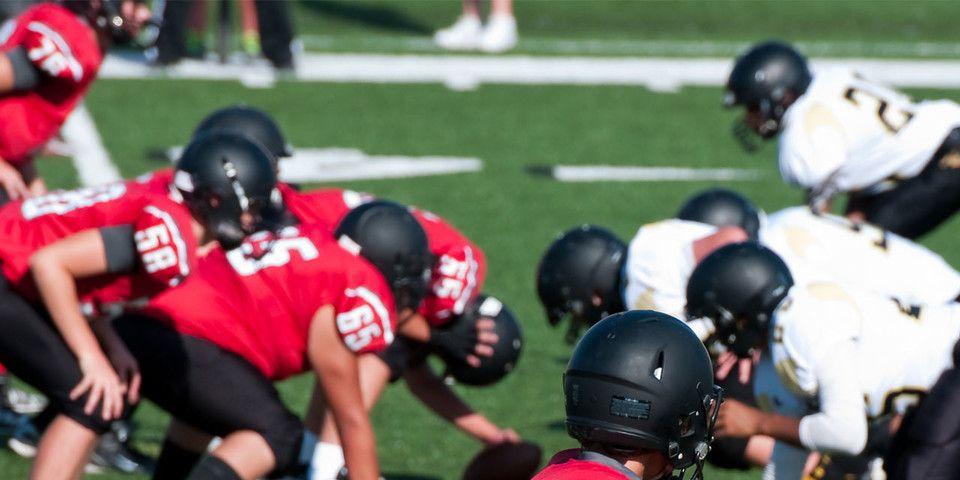Rowers should Look for these 5 Extensor Tenosynovitis Symptoms
Rowers suffering from extensor tenosynovitis exhibit these symptoms.
Are you experiencing stiffness in the joints of your fingers and hands? Are these same joints swollen? Are they in pain or tender to the touch?
If you are experiencing symptoms like these, it is possible that you are suffering from extensor tenosynovitis. This is especially likely if you are a rowing athlete; due to the nature of rowing activity, rowers are among the most at-risk athletes for developing extensor tenosynovitis symptoms.
Because finger extensor tenosynovitis, hand extensor tenosynovitis, and wrist extensor tenosynovitis are so ubiquitous among rowers, these athletes, along with their coaches and parents, should learn to recognize the telltale symptoms that indicate the onset of this condition.
What Is Extensor Tenosynovitis?
The extensor tendons enable movement of the fingers. Situated directly next to the bones along the back of the hands and fingers, they span from the wrist to the fingers. They are directly beneath the surface of the skin and can be easily felt, particularly when inflamed by tenosynovitis.
Like all tendons, the extensor tendons are encased in a protective sheath known as the synovium. This sheathing protects and lubricates the tendons. Tenosynovitis occurs when the function of the synovium becomes impaired and production of synovial fluid is reduced. This causes pain and inflammation in the affected joints.
Tenosynovitis may be caused by a number of factors, including injury, infection, and degenerative conditions. Among rowers, however, it tends to be caused by the wear and tear and irritation brought on by high-impact, repetitive rowing motions.
Rowers: Take Note of These Five Key Extensor Tenosynovitis Symptoms
All athletes experience occasional aches and pains. Learning to differentiate the effects of normal, healthy athletic exertion from chronic orthopaedic conditions is critical.
In the interest of recognizing early onset of tenosynovitis, rowing athletes should pay close attention to the following five key extensor tenosynovitis symptoms.
-
Swollen Joints
Extensor tenosynovitis can cause affected joints to become swollen. This may be due to tendon inflammation from painful friction in the tendon sheath, or may be caused by a buildup of synovial fluid in the joints. -
Joint Stiffness
The extensor tendons extend from the wrist through the hand and into each finger. Patients of extensor tenosynovitis typically experience stiffness within the affected joints, making movement difficult and impairing joint dexterity. -
Pain During Movement
Joint stiffness is typically compounded by pain during movement. Affected tendons of the fingers and hands will experience localized pain when either being used and moved or when resisting natural motion. -
Tenderness
In addition to acute pain during movement, patients of extensor tenosynovitis will experience general tenderness and sensitivity in the affected areas (especially the affected joints.) -
Redness
Because extensor tendons are immediately below the skin surface, skin above inflamed tendons may appear red.
In severe cases, patients may also develop a fever. If you are experiencing the above symptoms, the next step is to undergo an examination by a qualified orthopaedic specialist for an official diagnosis and the commencement of treatment.
Extensor Tenosynovitis Treatment at Rothman Institute
At Rothman Institute, we feature leading Hand & Wrist specialists. Our physicians have unmatched expertise diagnosing and treating the conditions that affect rowers, including extensor tenosynovitis. If you are exhibiting extensor tenosynovitis symptoms and would like to schedule an examination at Rothman Institute, please visit us here or contact us at 1-800-321-9999.
Related Physicians
Related Specialties
Related Conditions
Related Treatments
Related Programs
-

Injury Prevention Program
The Injury Prevention Program at the Rothman Orthopaedic Institute is dedicated to the prevention of injuries from athletic participation, particularly youth sports.Read More




